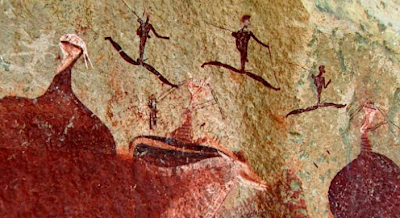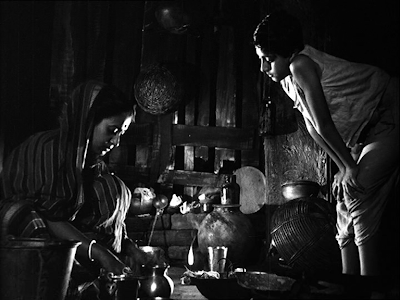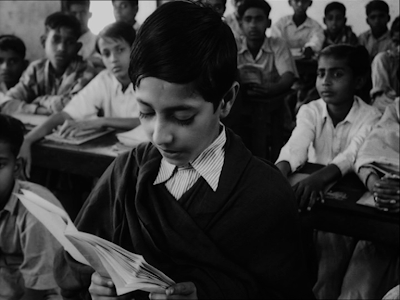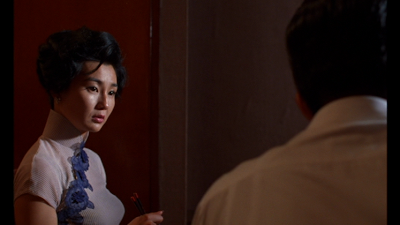
 400 BLOWS
400 BLOWS
A film by François Truffaut
Country : france
Year : 1959
Runtime:99 min
French with English subtitles
2nd August 2009 ; 5.45 pm
Ashwin Hospital Auditorium
Call 94430 39630
http://konangalfilmsociety.blogspot.com/
I demand that a film express either the joy of making cinema or the agony of
making cinema. I am not at all interested in anything in between. –
making cinema. I am not at all interested in anything in between. –
François Truffaut
 “The 400 Blows,” from 1959, is still the best; indeed, time has fortified this sharp, slender account of a misbegotten boyhood into one of the unassailable monuments of French cinema.
“The 400 Blows,” from 1959, is still the best; indeed, time has fortified this sharp, slender account of a misbegotten boyhood into one of the unassailable monuments of French cinema.
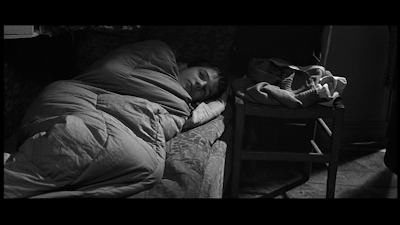 Francois Truffaut's "The 400 Blows" (1959) is one of the most intensely touching stories ever made about a young adolescent. Inspired by Truffaut's own early life, it shows a resourceful boy growing up in Paris and apparently dashing headlong into a life of crime. Adults see him as a troublemaker.
Francois Truffaut's "The 400 Blows" (1959) is one of the most intensely touching stories ever made about a young adolescent. Inspired by Truffaut's own early life, it shows a resourceful boy growing up in Paris and apparently dashing headlong into a life of crime. Adults see him as a troublemaker.
 The title, 'Les quatre cent coups' is literally translated as The 400 Blows; however, since it's an idiom, a direct translation is imperfect. The phrase loosely means "Raising Hell", and, while that's not an English interpretation, it's a reasonable approximation.
The title, 'Les quatre cent coups' is literally translated as The 400 Blows; however, since it's an idiom, a direct translation is imperfect. The phrase loosely means "Raising Hell", and, while that's not an English interpretation, it's a reasonable approximation.
 We are allowed to share some of his private moments, as when he lights a candle before a little shrine to Balzac in his bedroom. The film's famous final shot, a zoom in to a freeze frame, shows him looking directly into the camera. He has just run away from a house of detention, and is on the beach, caught between land and water, between past and future. It is the first time he has seen the sea.
We are allowed to share some of his private moments, as when he lights a candle before a little shrine to Balzac in his bedroom. The film's famous final shot, a zoom in to a freeze frame, shows him looking directly into the camera. He has just run away from a house of detention, and is on the beach, caught between land and water, between past and future. It is the first time he has seen the sea.
 Antoine Doinel was played by Jean-Pierre Leaud, who has a kind of solemn detachment, as if his heart had suffered obscure wounds long before the film began. This was the first in a long collaboration between actor and director.
Antoine Doinel was played by Jean-Pierre Leaud, who has a kind of solemn detachment, as if his heart had suffered obscure wounds long before the film began. This was the first in a long collaboration between actor and director.
 It is said that this film, which M. Truffaut has written, directed and produced, is autobiographical. That may well explain the feeling of intimate occurrence that is packed into all its candid scenes. From the introductory sequence, which takes the viewer in an automobile through middle-class quarters of Paris in the shadow of the Eiffel Tower, while a curiously rollicking yet plaintive musical score is played, one gets a profound impression of being personally involved—a hard-by observer, if not participant, in the small joys and sorrows of the boy.
It is said that this film, which M. Truffaut has written, directed and produced, is autobiographical. That may well explain the feeling of intimate occurrence that is packed into all its candid scenes. From the introductory sequence, which takes the viewer in an automobile through middle-class quarters of Paris in the shadow of the Eiffel Tower, while a curiously rollicking yet plaintive musical score is played, one gets a profound impression of being personally involved—a hard-by observer, if not participant, in the small joys and sorrows of the boy.

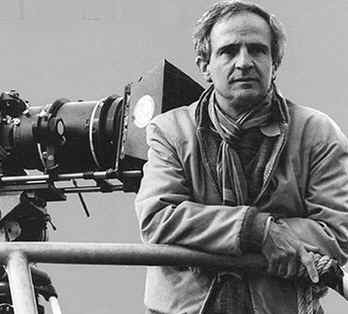
Truffaut was cinema
François Roland Truffaut was born in Paris on 6 February, 1932, son of Jeanine de Monferrand and an unknown father. His mother's future husband took him on as an adopted son and gave him his surname. But that was all. From birth the boy was placed in the hands of a nanny, such was the family's shame of having a single mother. From this stranger's hands he was rescued by his maternal grandmother, who took him to live at her house. His grandfather imposed discipline relieved only by the literary and musical predisposition of his grandmother, who taught the boy to love books. Upon her death François, aged ten, moved in with his parents for the first time.
His first contact with cinema occurred at eight years of age. The film was Paradis perdu (1939) by Abel Gance. Truffaut went to the movies secretly, without paying, truant from school, and taking advantage of every moment in which he was alone. At fourteen, after successively abandoning several schools, he decided to be self-taught. Truffaut tried to see three films a day and to read three books a week. A regular at the Techniciens du film meetings, his 'great school' was the Cinémathèque that Henri Langlois had reopened in December 1944. In October 1948 he himself created a film club, Cercle cinémanie, using money obtained from working in a grocery store. He had to steal a typewriter from his father's office to cover the cost of the first screenings, which took place on Sundays in a rented theatre.
In April 1950 he began working as a journalist at Elle magazine. He spent the following two years trying to break from military ranks and was imprisoned for attempting to desert. Freedom came about in February 1952.
Over the next few years, Truffaut became a critic (and later editor) at Cahiers. He was notorious for being brutal and unforgiving in his reviews, especially his take on French cinema of the day. He was called "The Gravedigger of French Cinema" and was even banned from the Cannes Film Festival in 1958. He developed one of the most influential theories of cinema itself, the auteur theory.
After having been a critic, Truffaut decided to make films of his own. He started out with the short film Une Visite in 1955 and followed that up with Les Mistons in 1957. After seeing Orson Welles' Touch of Evil at the Expo 58, he was inspired to make his feature film debut Les Quatre Cent Coups (The 400 Blows). Rest was history.
Truffaut was the most popular and successful French film director ever. Truffaut passed away at an early age of fifty two, in the year 1984. Truffaut was a passionate and sensitive man, and a committed and independent artist. A director who, more than loving cinema, represented it. He was cinema.
(Compiled from Senses of Cinema & Wikipedia)






